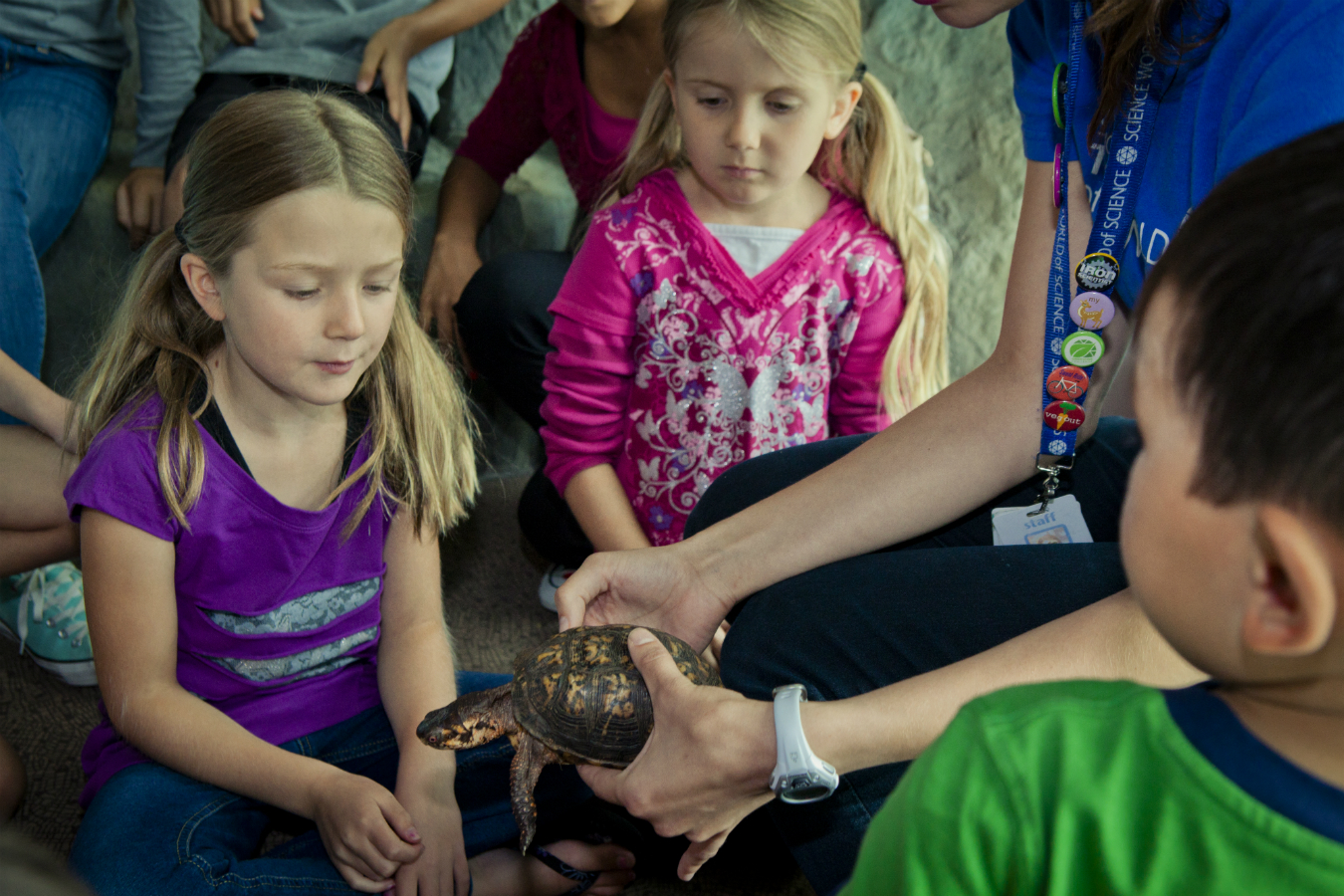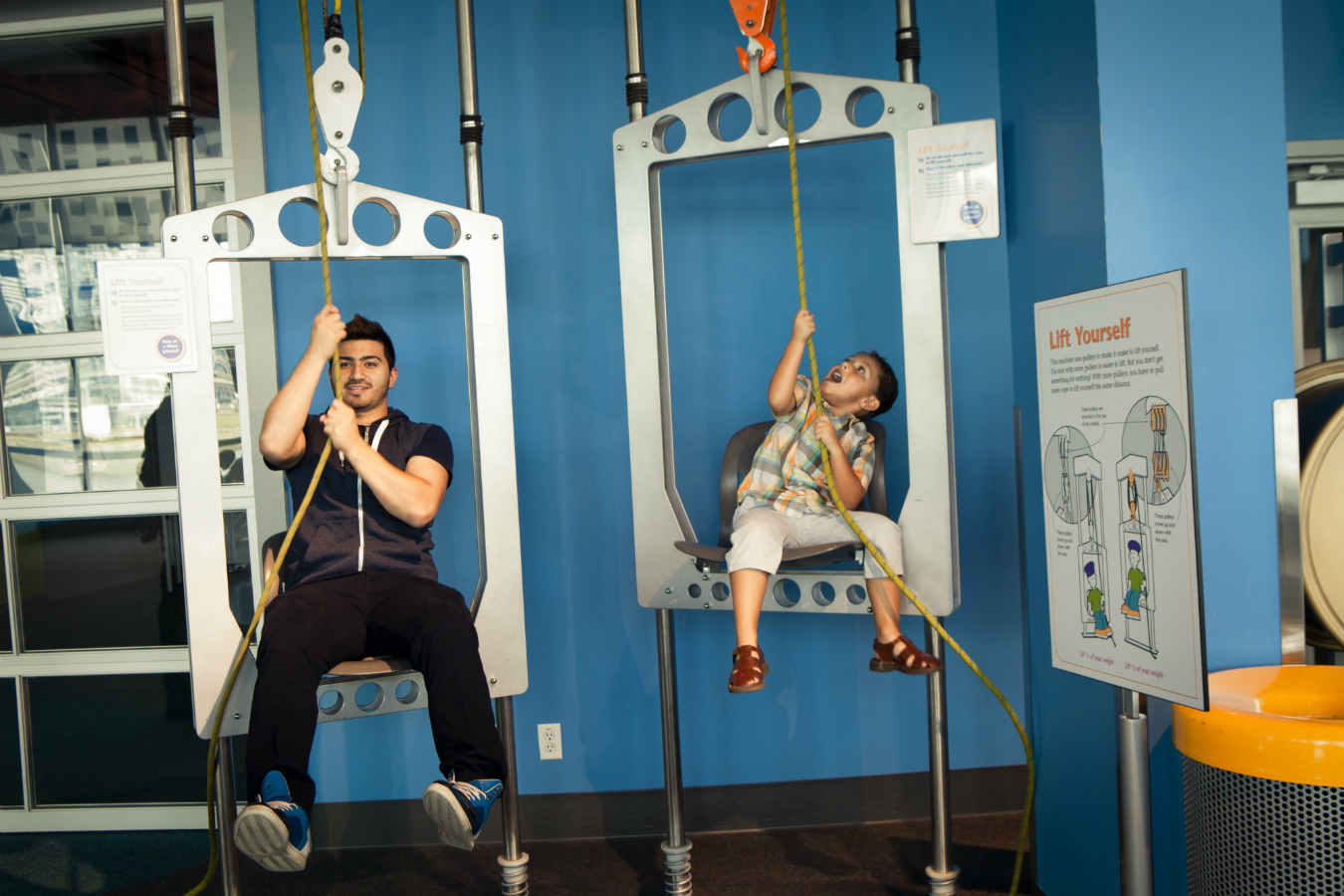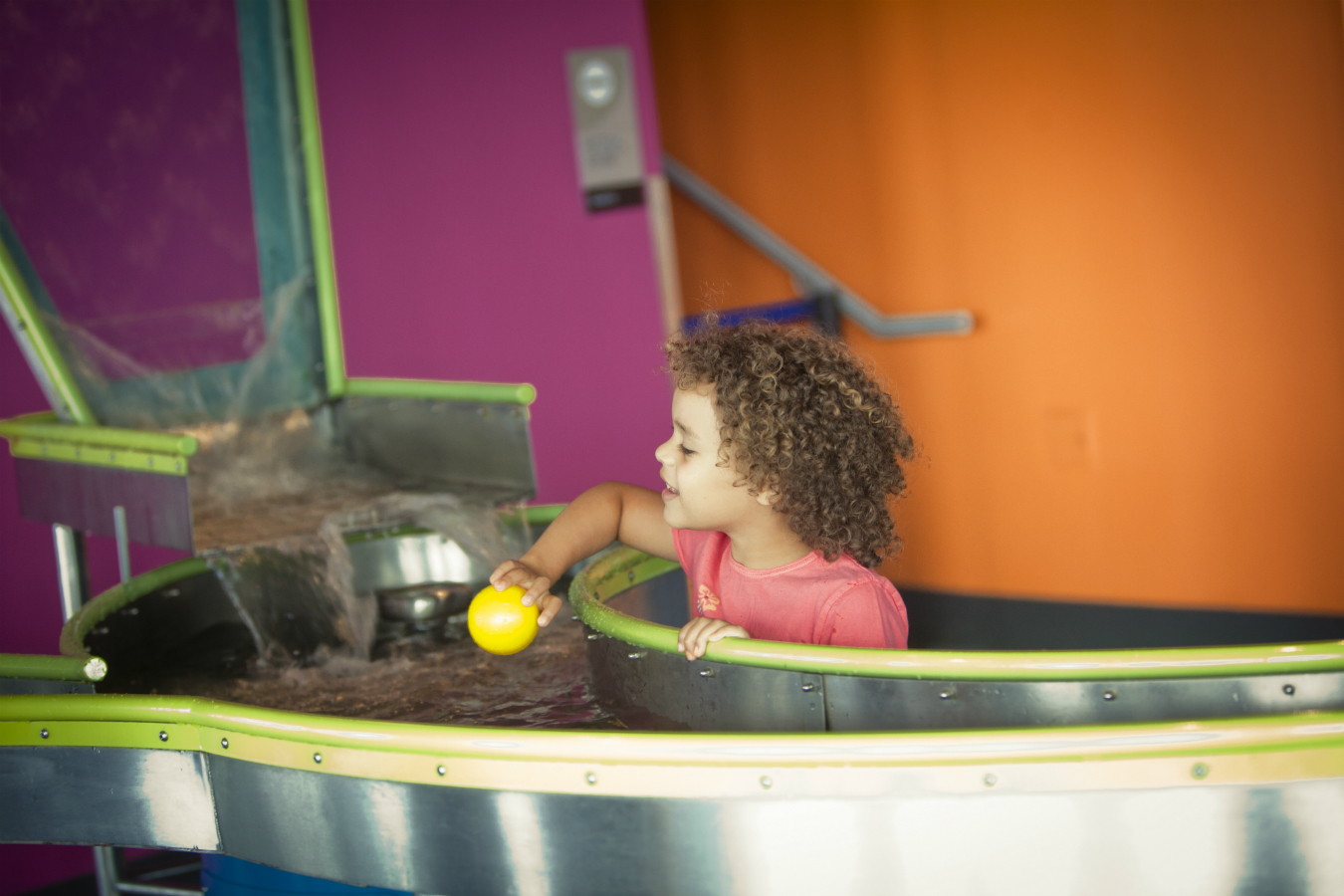Every child who has been to Science World undoubtedly walks away with a memory from it, something that sticks in reminiscence for years to come. It may be a favourite activity, a special demonstration, or a beloved locale (for this writer, it was the giant tree with seats inside, perfect for hiding from mom and telling secrets). The reality, of course, is that not all children who grow up in British Columbia have access to Science World, but the facility has done its best to welcome local kids through its Class Field Trip Program, which lets elementary school classes come for free, including transportation.
“It’s an opportunity for students to come in with their classes (classes of 24 to 27 students on average), and we do workshops, and they have a chance to see a film in the OMNIMAX theatre,” says Jennifer Ingham, Science World’s vice-president of development. “We tie all of the workshops and activities at Science World to the grade curriculum, so there’s lots of work going on, hand-in-hand with our staff and the teachers so that the kids have a really fun and exciting day. It’s an opportunity to learn some of the curriculum through a hands-on experience.” Students are given a special workshop catered to their grade and syllabus, plus a takeaway activity to play with at home.
Provincial funding used to mean that all B.C. children could attend Science World for free through the program, but that support was cut four years ago. Now looking to the public for help, Science World is hosting Science of Cocktails on February 4. All proceeds from the party—featuring some of the city’s best bartenders pouring drinks, plus breakdowns of the chemistry and biology behind popular cocktails—go towards sending children at under-served Lower Mainland schools to Science World. The evening’s goal is $200,000, which equals out to free field trips for 6,000 kids. That’s 6,000 potential researchers. Ground-breakers. Life-savers.
“We know that more kids are not choosing to take careers in science and technology,” Ingham explains. “For us it’s about getting kids engaged at an early age so that they have the opportunity to get exposed to science, and also give them the opportunity for innovation and creativity. We show them that science is an area that can be a lot of fun, it’s not a hard subject, and it’s something that we all need. By us reaching out to kids early on and tying in what they’re learning in school in a practical application, it can be fun and exciting, and intrigue them to go on to careers in science and technology.” That little boy staring at the insect cases could be the next big thing for stem cell research. The girl playing with static electricity may find a cure for cancer. The point is that it starts here, under the domed ceiling, with little hands and little minds starting to grasp something bigger. And that’s certainly an easy notion to drink to.
Like this story? Read more on science and medicine, or more on philanthropy.













